In the past, we have written about the basics of chargebacks (Deduction Rules for Accrued Liabilities: Chargebacks Edition), a significant accounting issue in the pharmaceutical industry. In this article we will focus on some critical insights that can be gained by understanding the chargeback data and also identify how data analytics can be leveraged to mine and digest these large data sets.
As background, chargebacks are the credit memos sent back to pharmaceutical companies from the major wholesalers based on the contract sales to end users. The wholesalers send this data back on an individual transactional level, specifically identifying under what contract the sales are occurring in and the related chargeback pricing. With all of this valuable sales and pricing data, the next question is what can be learned or what predictions can be made about future chargebacks.
We have seen, with greater frequency, that companies are using internally generated or third-party software to validate each and every chargeback that the wholesalers are claiming to ensure that the chargebacks being processed are consistent with the contractual terms. More and more companies are also investing in technology within their Enterprise Resource Planning (ERP) system to allow for Electronic Data Interchange (EDI) with the wholesalers for automation of the data entry. By leveraging technology and ensuring that companies are getting the transactional details, it becomes possible to aggregate the data to better understand which contracts are having the most success, and with the capabilities of EDI, companies are able to automatically approve only chargebacks that comply with contract terms.
For any business, understanding future expected cashflows is a critical metric. Pharmaceutical companies are no different – specifically understanding expected future cash flows from wholesalers. We have observed that when new products are launched, or products come off of an exclusivity period and face significant shelf stock adjustments, the impact on cash flow can be catastrophic. Many wholesalers are on 30 – 60-day collection terms. However, wholesalers offset the need for payments of the outstanding chargebacks. What often happens, as products are being purchased and sold through the distribution channel, depending on the market saturation, and chargeback value, the pace of processed chargebacks can exceed the pace at which accounts receivable come due, and as a result, it can be 3 – 5 months until the wholesalers begin remitting cash for their open balances. Without a robust chargeback processing model and understanding the chargeback processing cycle, this can come as a surprise to many companies who, when starting out with only 3 – 5 products in the market, can quickly become cash-strapped.
As the above discussion points out, the importance of chargebacks to a pharmaceutical company cannot be overstated. Please contact us to discuss how understanding your chargeback cycle and setting expectations can improve your business operations.
If you have questions or require additional information, please contact your WG advisor.





